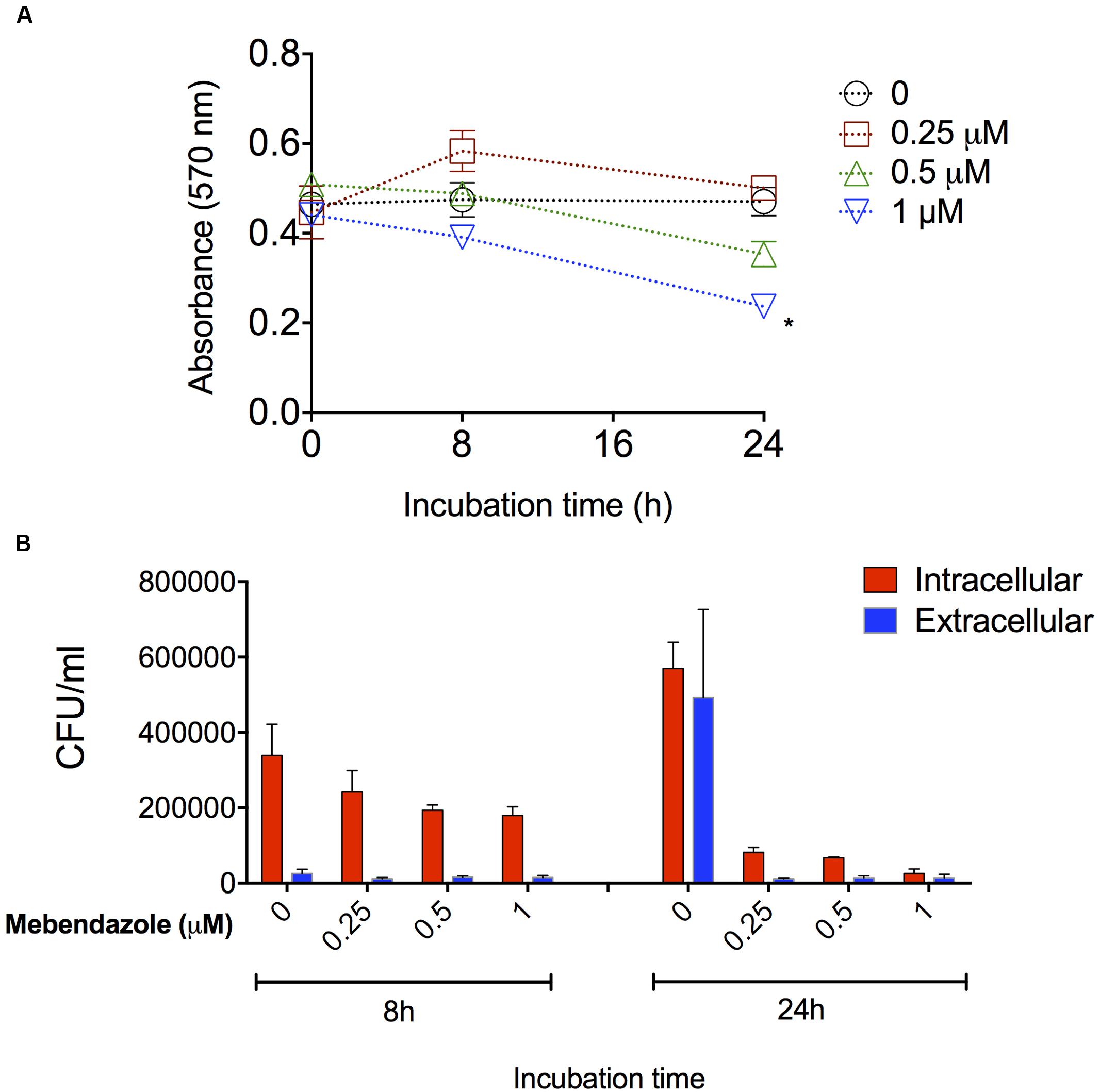
Carlos Azevedo Biologia Celular Molecular Pdf File
A new ceratomyxid parasite was examined for taxonomic identification, upon being found infecting the gall bladder of Hemiodus microlepis (Teleostei: Hemiodontidae), a freshwater teleost collected from the Amazon River, Brazil. Light and transmission electron microscopy revealed elongated crescent-shaped spores constituted by two asymmetrical shell valves united along a straight sutural line, each possessing a lateral projection. The spores body measured 5.2 ± 0.4 µm (n = 25) in length and 35.5 ± 0.9 µm (n = 25) in total thickness. The lateral projections were asymmetric, one measuring 18.1 ± 0.5 µm (n = 25) in thickness and the other measuring 17.5 ± 0.5 µm (n = 25) in thickness. Two equal-sized subspherical polar capsules measuring 2.2 ± 0.3 µm in diameter were located at the same level, each possessing a polar filament with 5-6 coils.
The sporoplasm was binucleate. Considering the morphometric data analyzed from the microscopic observations, as well as the host species and its geographical location, this paper describes a new myxosporean species, herein named Ceratomyxa microlepis sp. Nov.; therefore representing the first description of a freshwater ceratomyxid from the South American region. Light and transmission electron micrographs of Ceratomyxa microlepis sp. Infecting the gall bladder of Hemiodus microlepis collected from the Amazon River. 1: several free unfixed spores observed by differential interference contrast microscopy; 2: spores sectioned at different levels and displaying different ultrastructural aspects, including the polar capsules (PC); 3: longitudinal section of a spore revealing its general organization, namely the two lateral projections (P) and the two PCs.
Ceratomyxa microlepissp. () Description - The spores displayed crescent-shape with a convex anterior pole and a slightly concave posterior pole (), measuring 5.2 ± 0.4 µm (n = 25) in length and 35.5 ± 0.9 µm (n = 25) in total thickness (, ). Two asym-metric conical shell valves united along a straight sutural line (, ), each possessing an elongated lateral projection with slightly different thickness and shape (, ). In one shell valve, the lateral projection was 18.1 ± 0.5 µm (n = 25) thick and tapered into a blunt end, while in the other shell valve, the lateral projection was 17.5 ± 0.5 µm (n = 25) thick and displayed a rounded end (, ). The lateral projections were a continuation of the cytoplasmic material of the spore, as well as of the wall of the shell valves, which was comprised of a continuous external layer of dense material and a continuous internal layer of lighter material ().
What’s more, additional About Drawboard PDF Download? Embed objects: Insert editable shapes, follows, bolts, polygons, and mists, and embed dynamic substance material like ink marks, photographs, printed content containers, and notes. • Turn, embed and erase pages • Smooth all comments • Import and Export • Evening time mode • Explain with Pen or Contact What’s New in Drawboard PDF Free? Settled: • First website page thumbnail is presently invigorated subsequent to opening a secret key secured doc. Instinctive configuration: Edit instruments in Drawboard’s spiral menu, swap between printed material quickly with the Tabs board, and redo your arrangement demonstrate. Drawboard pdf crack freeware.
Two equal-sized subspherical polar capsules were located side by side and measured 2.2 ± 0.3 µm in diameter (n = 30) (,, ). The wall of these polar capsules was comprised of a continuous external dense layer and an internal hyaline layer (), which displayed extrusion pores located near the sutural line at the anterior pole of the spore. An electron dense stopper closed each extrusion pore, preventing extrusion of the polar filament (). Inside the polar capsules the isofilar polar filament coiled in five-six turns and appeared obliquely arranged, forming an angle of about 58º-60º to the longitudinal axis of these structures (, ). The sporoplasm was irregular in shape and displayed two nuclei randomly positioned in its matrix (, ). The cytoplasm of the shell valves contained several dense reserve bodies and vesicles ().